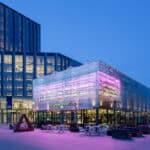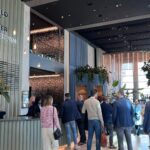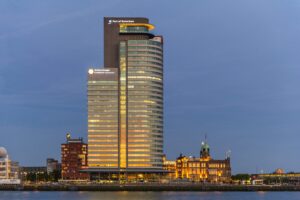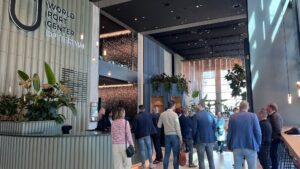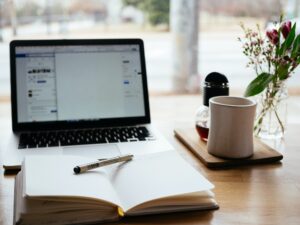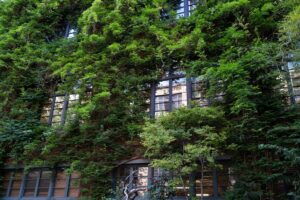
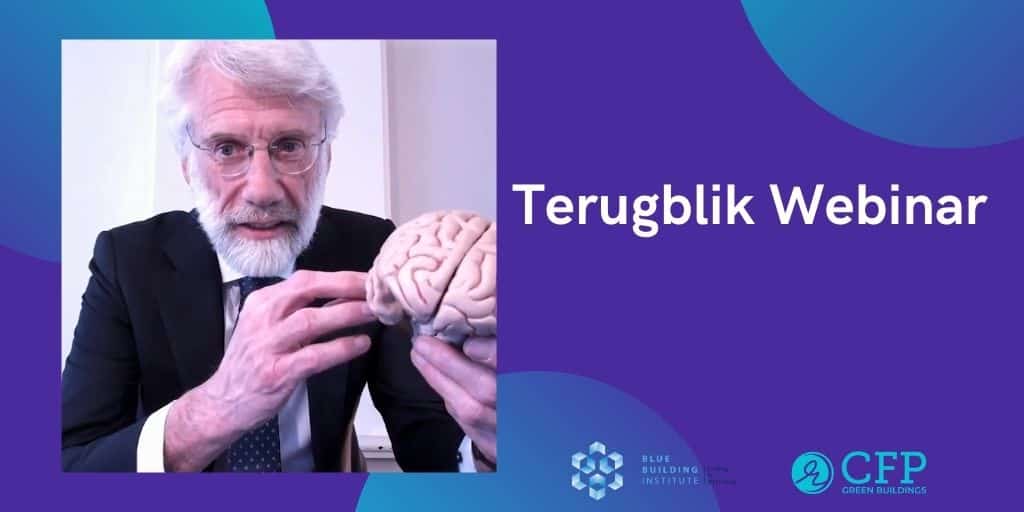
Webinar review: “Build the sustainability of your brain”
As an office owner, what has the biggest impact on your operational costs? You might be surprised to find out it’s not the energy savings, but the health of your employees – and their mental health in particular. How to use smart solutions to make people more active and fit was the subject of the webinar “A healthy mind in a healthy office”. “When we’re allowed back in the office, I hope we hide the lift away in a corner somewhere.”
Health trend for the coming years
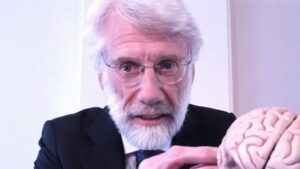
Participants in the webinar “A healthy mind in a healthy office” discovered how a healthy building makes an important contribution to the well-being of employees and visitors. Initiators Alexandra Jurgens-Boot of the Blue Building Institute and Bram Adema of CFP Green Buildings kicked off the event with a talk about the importance of a healthy environment. The pair indicated that health will be the biggest trend for the next 5 to 10 years: “It’s only natural that we pay full attention to that today.”
Healthy building from practice: the World Port Center
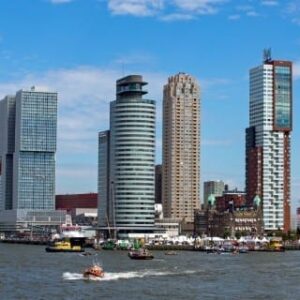
The focus early on was on what a healthy built environment looks like in practice. The World Port Center at the Kop van Zuid in Rotterdam has undergone a metamorphosis: the entrance, the car park, and many other aspects of the complex all have a brand new look. Unifore is involved as asset manager in this project, which has been awarded the BREEAM-NL Excellent and WELL Gold labels. Erik Dijkema explains: “Ten years ago, we were still mainly talking about how to save energy in buildings. The next chapter was BREEAM-NL, with which we could substantiate and embed energy improvements. Then, as we approached the apex of the whole movement, we started WELL, aimed at improving the health and well-being of building users.”
Health: a fundamental requirement
Unifore’s enthusiasm for working on health in buildings was sparked by the Port Authority, a tenant in the World Port Center. “Partly thanks to them, we discovered that this topic is a fundamental requirement for office users. For us, that also justifies the greater commitment to health.” What value is created by striving for a healthy environment in buildings? “Nowadays tenants have different requirements for housing. From an investor’s point of view, it is interesting to attract tenants who have a focus on sustainability and health.” Dijkema says that sustainability is easy to incorporate into a business case. “So whatever you do, just do it,” he advises.
Impulses from the working environment
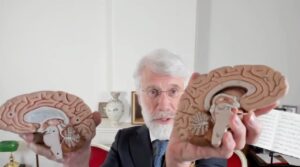
Erik Scherder, Professor of Clinical Neuropsychology at the Vrije Universiteit in Amsterdam, got the participants excited with his enthusiasm about how your brain is influenced by impulses from the working environment. “It would be great if everyone worked in buildings that put an active lifestyle first. Of course, a building is about elements such as air, light and sound, but it’s also about movement.” He got the participants thinking about their roles: “You build for the quality of the brain.”
Hiding the lift
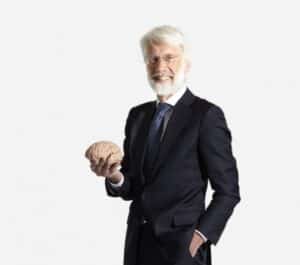
In the office environment, a focus on movement is more important than ever. “The pandemic before the one we are in now was that of the sitting culture. Scherder knows very well that offices do not generally lead to an active lifestyle. “Because everyone just keeps sitting where they are, on their office chairs, obesity is a constant threat. Millions of people a year die from the pandemic of ‘sitting’, and we just aren’t showing enough concern about that.” According to him, buildings have a more important role to play in activating visitors and employees. “Nudging is something that should be used to get them to move,” he advises. “Entice users to a healthier lifestyle by making it attractive to exercise.”
Designing for the brain
In practice, this means, among other things, a different way of designing. “Architects should ensure that the lift is hidden away, off the beaten track, so it becomes attractive to take the stairs. But there is also a lot to be optimised in existing buildings. You could, for example, decorate the stairs with LED lights and greenery, like we did at the university. It’s like taking a forest walk every time you go upstairs, and people love it. As the real estate sector becomes more focused on getting users active, we are building the sustainability of our brains.” He sees a tough challenge ahead for the construction and real estate sector. “You have to really get creative with everybody’s ideas, so my advice is to just get started. And by challenging yourself, you also keep your brain healthy.”
More information
Want to know more about healthy buildings or how the health of your building is doing? Then contact us or request a WELL Quickscan .
Written by Marvin van Kempen, Duurzaam Gebouwd.

